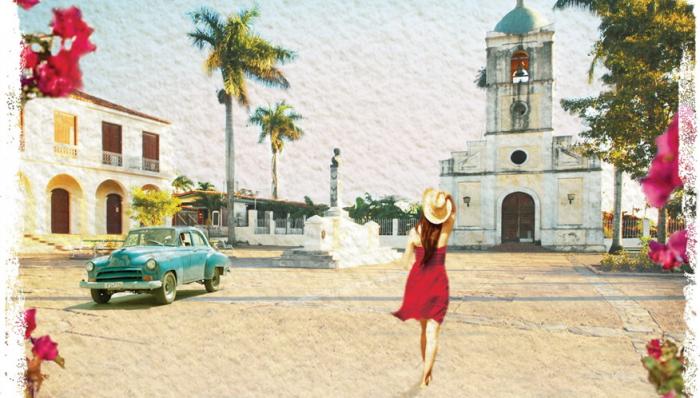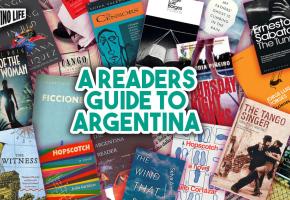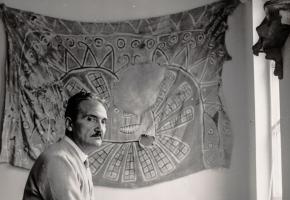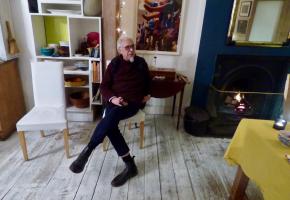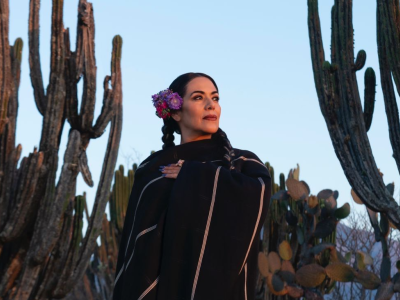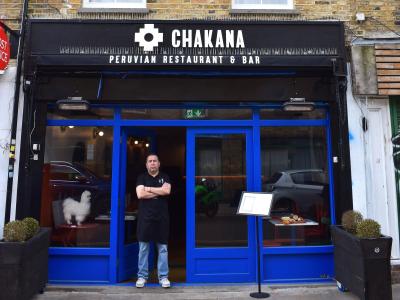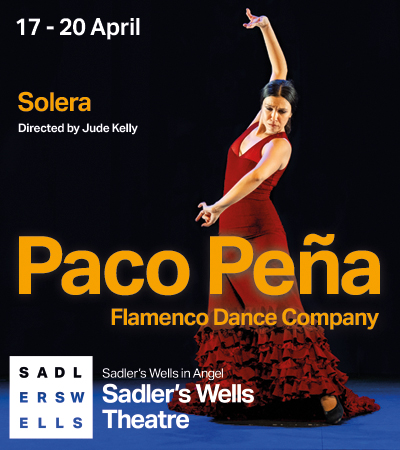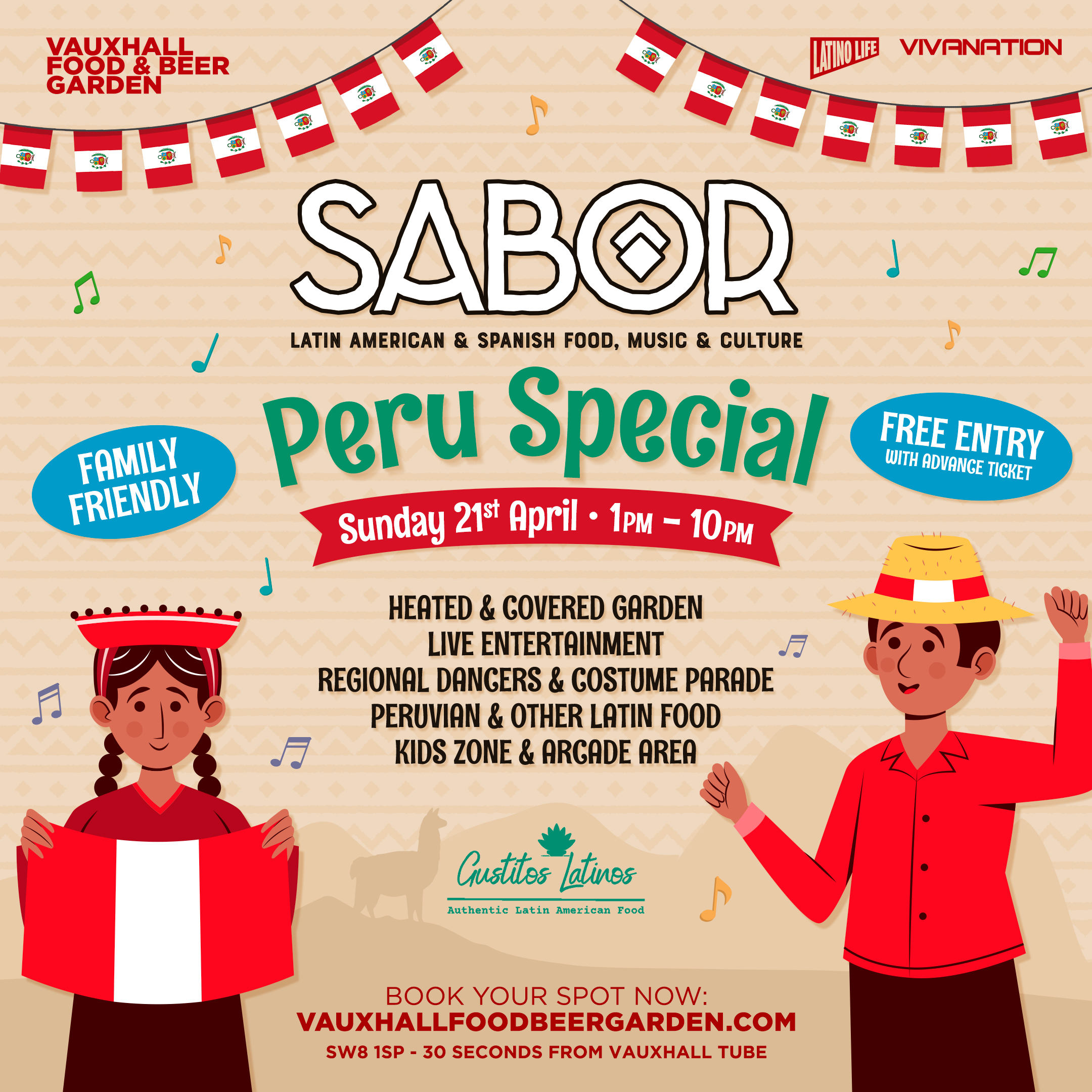Why did I choose to set my next novel in Cuba? That’s easy. I’d never been there, but I knew it was crazy and colourful, musical and HOT - in every sense of the word. Different books have different seeds that bring them into being. For some it’s a story that dictates the setting; for others it’s the place that’s the starting point. For Last Dance in Havana it was Cuba and dancing. Cuba had crept into my consciousness. Someone had spoken about having a holiday there, I’d seen the iconic poster of Che Guevara in a vintage shop, a friend had taught me to dance the rumba... These are the signs that I’ve learnt to recognise – they tell me where to go next, what my next novel will be.
Cuba however, was a massive challenge - way outside my personal experience. Before I started writing, I had to find out a lot more. I began by reading about Cuba’s culture, history, geography; trying to dig deep. No Way Home by Carlos Acosta (published by Harper Perennial) was a great start. Not only is Acosta a mesmerising dancer, but he had left Cuba and come to England just as one of my characters was going to do. Although her situation was very different from Acosta’s, reading his story gave me valuable insight into what she might experience.
Reminiscences of the Cuban Revolutionary War by Ernesto ‘Che’ Guevara (published by Harper Perennial) took me to a very different place – into the Revolution through the eyes of a man who became a hero and martyr to the cause of the Cuban people. I planned to include a character in Last Dance who had also fought in this battle for freedom; Che’s words gave me a first-hand sense of how it must have been for these men.
I dipped into many other books, but my favourite was Biography of a Runaway Slave by Miguel Barnett (translated by W Nick Hill and published by Curbstone Press). Oh my goodness. Esteban Montejo was born in 1860 and interviewed by Barnett in the 1960s; his story of being a slave, a runaway, a plantation worker and a rebel soldier in the Cuban War of Independence is an exceptional one.
Then there were films (7 days in Havana directed by Benecio del Toro; Buena Vista Social Club directed by Wim Wenders and I am Cuba (Soy Cuba) directed by Mikhail Kalatozov – of these, Soy Cuba was the most moving, the most real. But... my story demanded I take up the challenge of writing from a Cuban perspective in multi-generations and both genders. I had to try and get under the skin of the country. It was time to visit.
Many UK travel companies encourage tourists to visit Havana and a beach resort. It’s not so easy to travel the island independently. I had less than three weeks and I must make the most of it. So I created the itinerary I needed for my research and asked a travel company to make it happen.
I planned out (roughly) the Cuban scenes. There was a big chunk in Havana – in the 30s, 50s and present day. Last Dance is contemporary but uses some historic back-story. Some was set in the colonial gem of Trinidad – to include a visit to an old sugar plantation; the novel isn’t about slavery, but being set in Bristol and Cuba, there are inevitable links to the historic use of slavery and one of the themes of Last Dance is power and control. I also needed a scene in Santa Clara – a significant location for The Revolution - and a beach within driving distance of Havana. OK, this was partly because we wanted to visit one of the heavenly Cayos, but it could be justified. Cuba has such beautiful beaches – at least one needed to feature in the book! In the end we found the landscape of Vinales with its mogote limestone hills and red-earthed tobacco fields so extraordinary, that had to go in too.
Staying in Havana I was able to trace the steps of my characters. We wandered streets where baroque facades were all that remained of original buildings, where vibrant graffiti adorned crumbling walls, where ordinary people sat on the pavement or danced in (non-tourist) bars. The architecture and heritage of Havana recalls times of both plenty and poverty. Havana is a city divided in two, just like Cuban currency: one side for the tourists and those who work in tourism, one for everyone else. And so... We talked to as many people as we could.
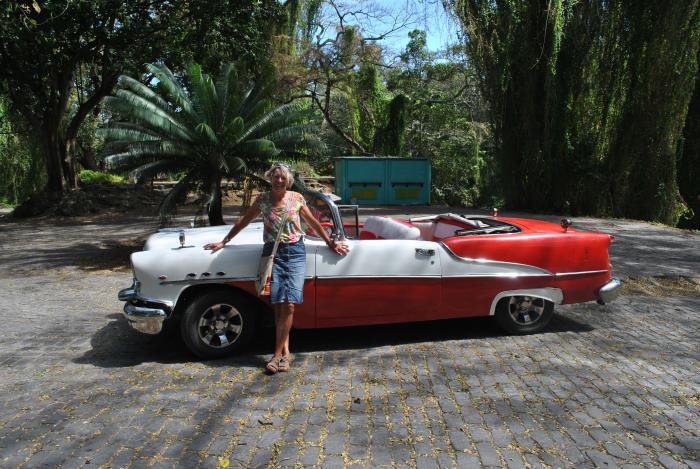
What I learnt in Cuba was that not everyone supports future involvement with the US, although following Obama’s recent historic visit to Havana this is inevitable. Some have not wavered in their support of the Castro regime and are justifiably proud of Cuba's health service, education system and ‘supply’ which ensures everyone has sufficient food to live on - just. Some however, do not think so fondly of Che Guevara and Fidel. And people’s opinions have changed. After the poverty of the 1920 - 1940s when Havana was used as a playground by rich Americans, many Cubans left the country and have not returned.
Cuba has moved away from the ‘Special’ 90s when the Revolution for Independence and Freedom seemed to have brought with it increasing poverty and overcrowded housing. But there have been embargoes and travel restrictions and it remains hard to earn a decent wage or have access to certain basic goods, technologies and personal freedoms. No wonder many question the politics of the country. The average Cuban who works (many don’t) earns between 15 - 25 CUCs per month. To put this into context, dinner in a tourist restaurant might be 25 CUCs per head (without wine...) No wonder then that Cubans often choose to work in tourism rather than in the field in which they are well qualified. Generous tips can give them a better life. But is this situation good for the future of the country?
In Last Dance in Havana I used different voices to represent these different viewpoints – such as the grandfather who fought for the Revolution and his grandson, the end product of the new regime.
The Cuban people were inspirational. Perhaps it's the hardships that give them so much spirit. Cuban music and dancing exploded into my story. The Rumba began as the voice of black slaves in Cuba and is today still symbolic of freedom and passion. I had already watched some rumbas on film, but when I saw it danced in Havana, I found it so powerful that I used it as part of the structure of Last Dance.
I don’t know what will happen to Cuba. No one does. It is a fascinating and complex country to write about and I have done my best to do it justice. Cuba has something to appeal to all the senses. But I urge my friends to visit while the classic American cars still line the streets of Havana and before there is a McDonalds on every corner (heaven forbid). Cuba has been stranded in a political, economic and cultural limbo for decades. Now, it’s about to break free...
Last Dance in Havana is out on 19th May (£7.99, Quercus).


